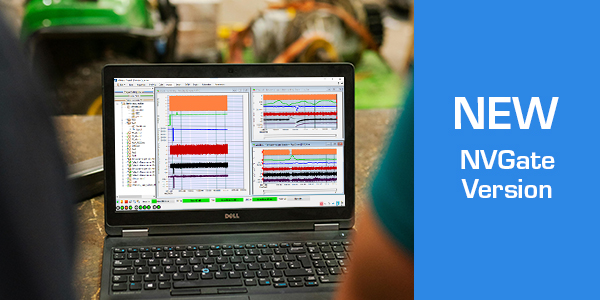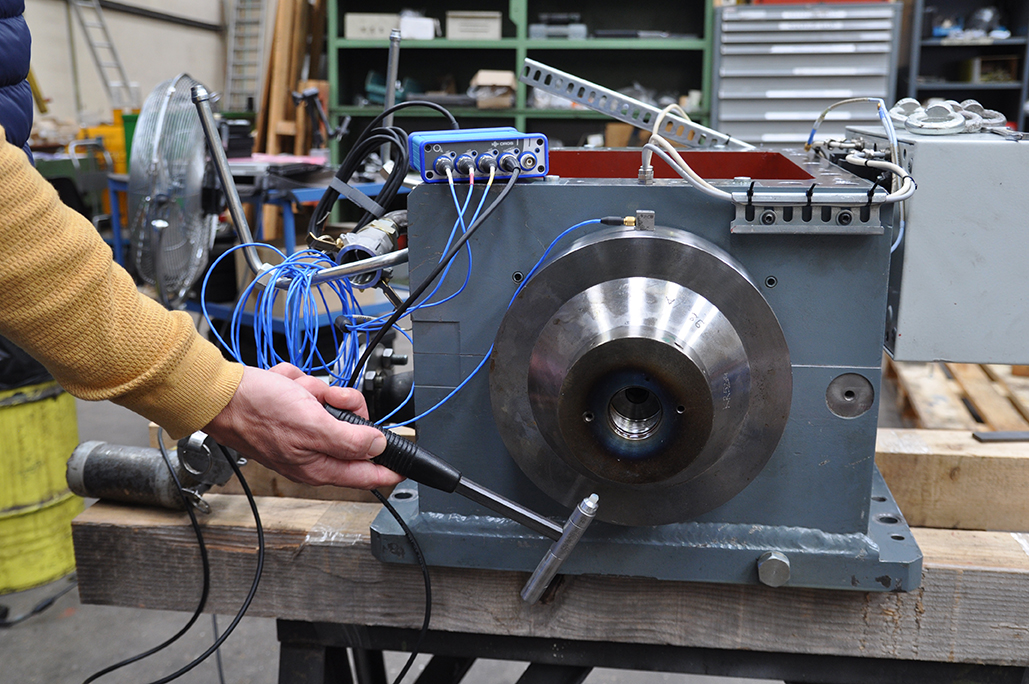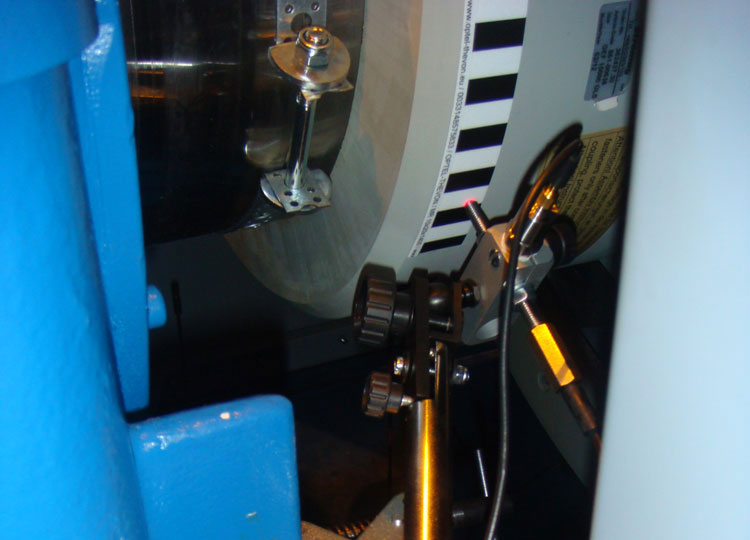
Torque measurements with torsional twist
How does torsional twist measure contactless torque?
Find out how to measure torque using contactless torsional twist
Static and dynamic torque measurement is necessary for the safety of large machine-trains. Instrumentation classically used for such measurements must be integrated into the drive shaft (torque-meter, slip ring or wireless strain gauge). This constraint is acceptable when the instrument is integrated at the machine manufacturing stage, even though the cost of integrating a torque-meter remains high. For regular measurements, these techniques are not affordable and can even be dangerous.
How does torsional twist measure contactless torque?
Torsional vibration measurement techniques are based on:
- Shaft stress, measured by a strength gauge and transmitted by telemetry or a slip ring to the analyzer. This method requires installation time and safety protection against the risk of ejection of parts from the shaft.
- Spacer twist, by optical measurement of the instantaneous angles of two sides of the coupling spacer between the driving and driven machines of the train. This method does not require complex installation as zebra (or piano) tape is applied to the shaft, ensuring easy installation and eliminating the risk of ejection of parts.
The spacer twist method consists of reading the pulses/rev by observing the shaft angle from both sides of the spacer (Fig 1). The zebra tapes have a missing pulse to allow the key phasor (0° angle) to be detected. This missing pulse is fractional; in fact, the number of pulses/rev cannot exactly match the circumference of the spacer. The different positions of key phasors are compensated for by calibration at low speed (usually manual shaft motion or driven start-up low-speed operation).
To achieve the high resolution required for twist detection, the pulse signals are acquired by the OROS analyzer Ext. Synch inputs with a 150 ns resolution without an anti-aliasing filter.
Both pulse trains are then compared using a proprietary algorithm which computes the twist angle between the two sides of the spacer. The number of pulses/rev may differ as the algorithm works with the instantaneous phases with regard to the key phasors. The performance of OROS torsional instruments and software allows for a resolution as high as 1/1000 (0.0001°) of the shaft twist angle, at a rotational speed of up to 10,000 RPM.
The run-up shows the linearity of the static twist as a function of the machine train power (Fig. 2). The software can also process the instantaneous twist as a torsional vibration with FFT spectral analysis or Synchronous order analysis SOA.
Why use contactless twist to measure machine torque?
Static and dynamic torque measurement is necessary for the safety of large machine-trains typically used for energy generation and marine propulsion. Instrumentation classically used for such measurements must be integrated into the drive shaft (torque meter, slip ring or wireless strain gauge). This constraint is acceptable when the instrument is integrated at the machine manufacturing stage, even though the cost of integrating a torque meter remains high. For regular measurements, these techniques are not affordable and can even be dangerous.
More specifically:
- The torque meter in the coupling of the machine train is often not strong enough to withstand the power (of the order of MWs to GWs) of these powerful machines.
- Slip rings are used to supply and collect the signals from the strain gauges glued to the shaft surface. The resistivity of the electrical contact fluctuates as a function of the shaft speed. In the case of high speed or torsional vibrations, the results will be impacted and may be distorted.
- Lastly, wireless strain gauges require a battery (usually a cell) and electronics for conditioning and transmission of the strain signals. These devices are fixed on the shaft, causing imbalance and a risk of ejection at high speeds. Wireless transmission restricts signal dynamics and accuracy.
Other solutions exist: Most machine trains are fitted with a coupling with a flexible spacer to damp the torsional vibrations between the driving and driven machines. Measurement of the spacer twist angle, which is proportional to the applied torque, can be used to obtain the torque from the spacer stiffness. The OROS solution can measure the twist angle between two optical (non-contact) torsional beam sensors on each side of the coupling, eliminating the need for any dismantling. The performance of OROS torsional instruments and software allows for a resolution as high as 1/1000 (0.0001°) of the shaft twist angle, at a rotational speed of up to 10,000 RPM.
Application-oriented solutions
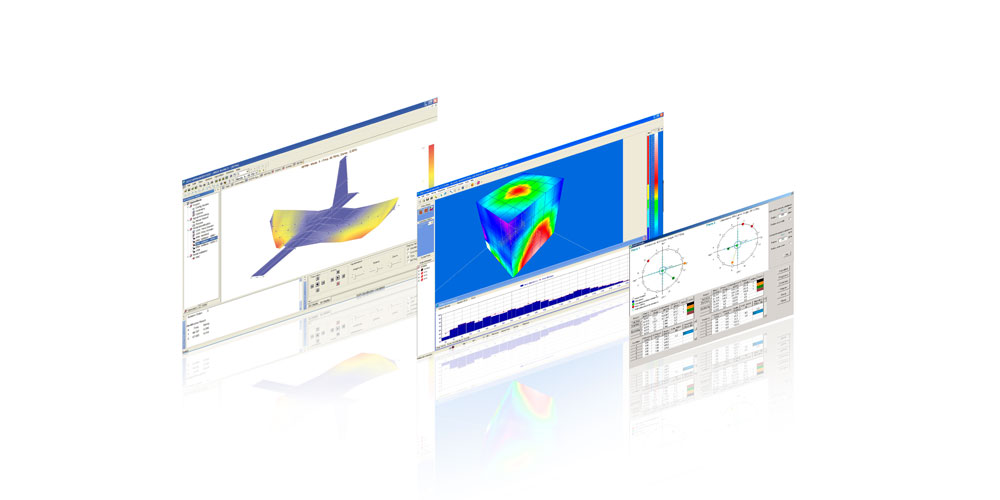
Software suite
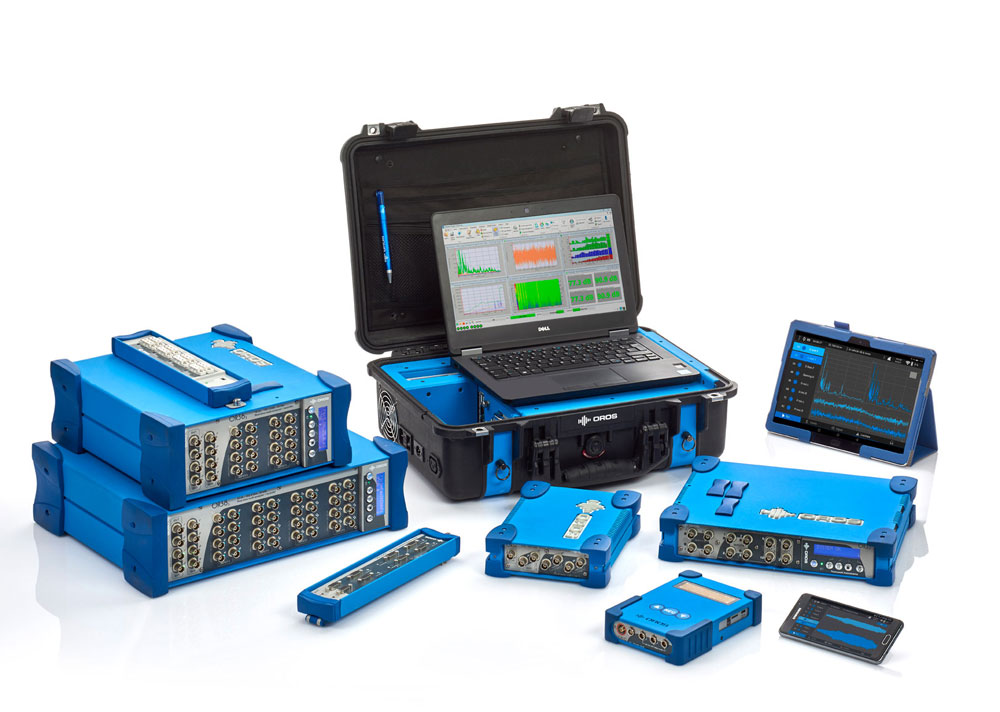
Systems and accessories
- 2 to 32 channels / system; can be cascaded and distributed up to 1000 channels
- Online & offline
- Handling any transducers
- Rugged and portable
- Stand-alone & remote monitoring modes
- Easy integration for test benches
Discover the full range of OROS noise and vibration instruments.
